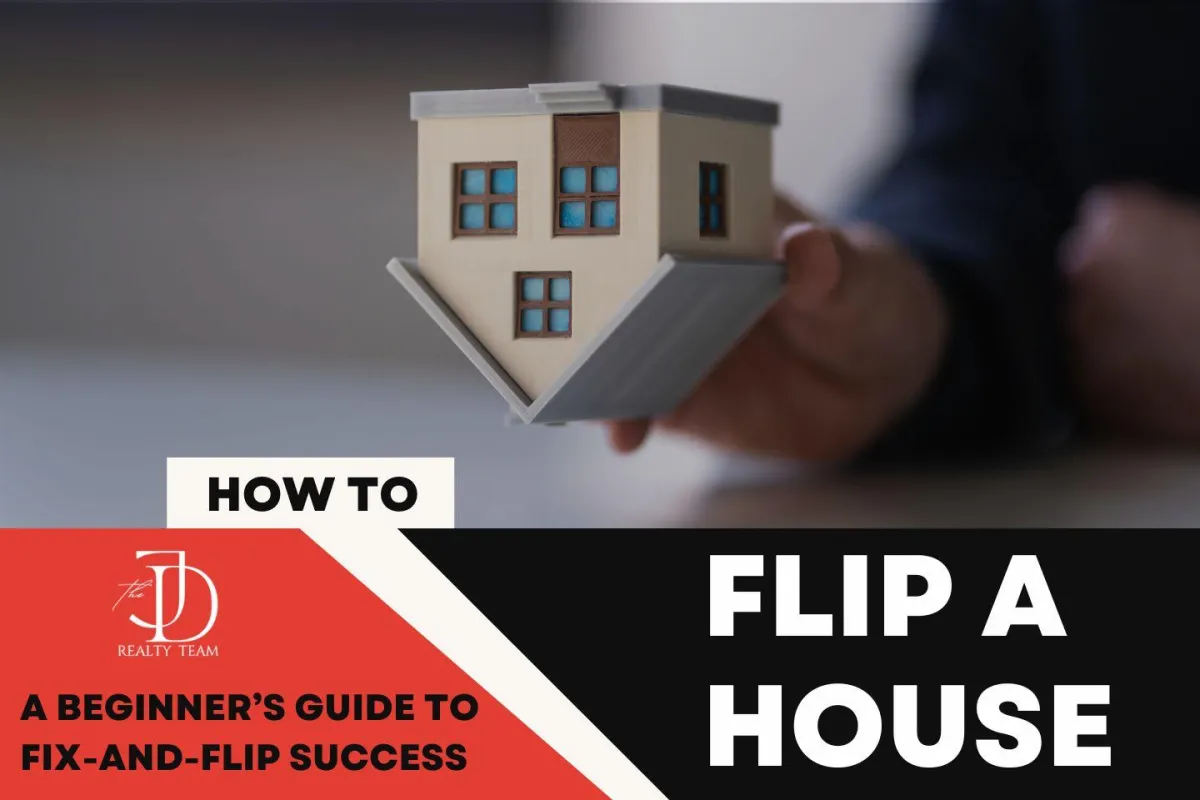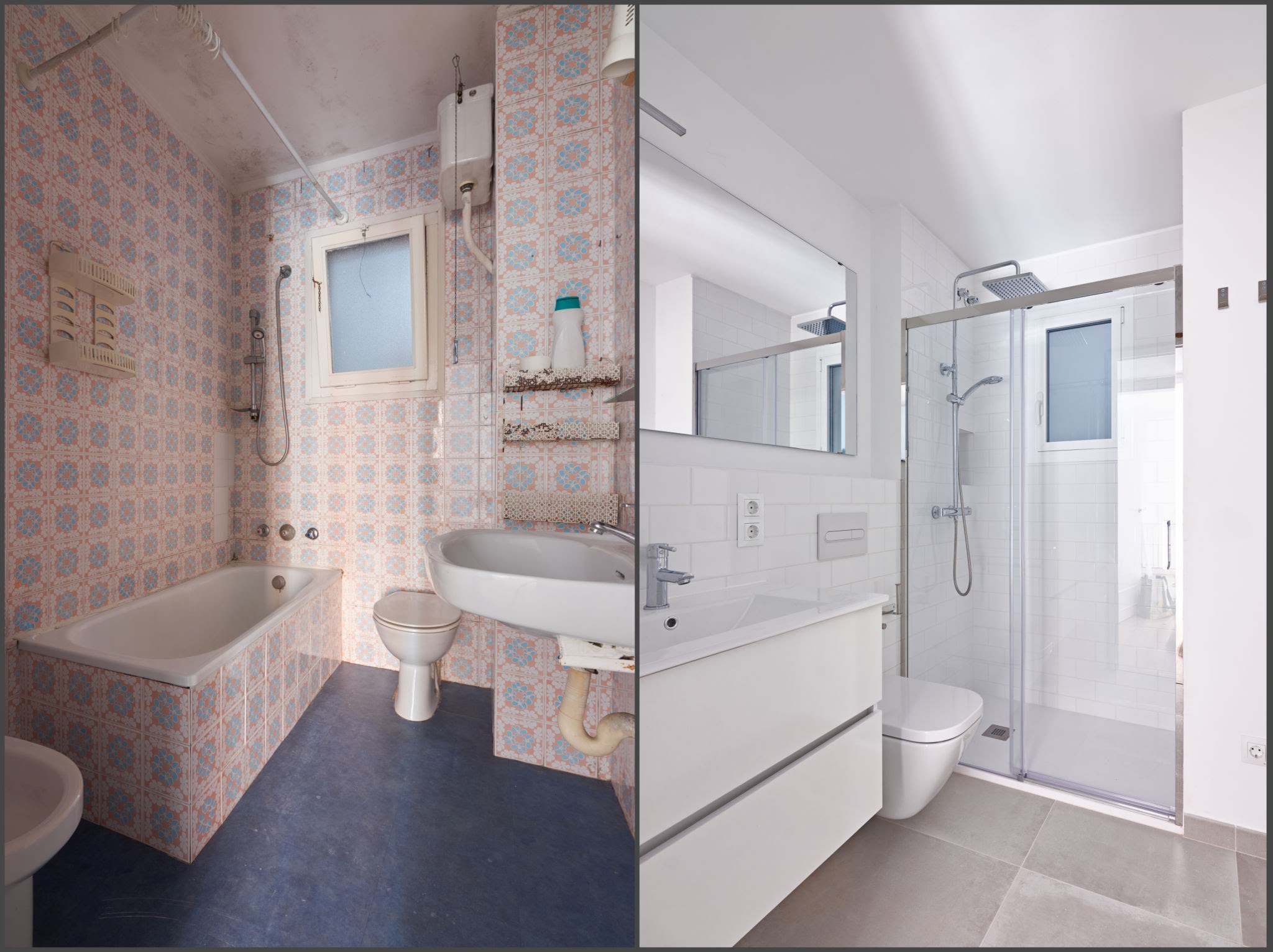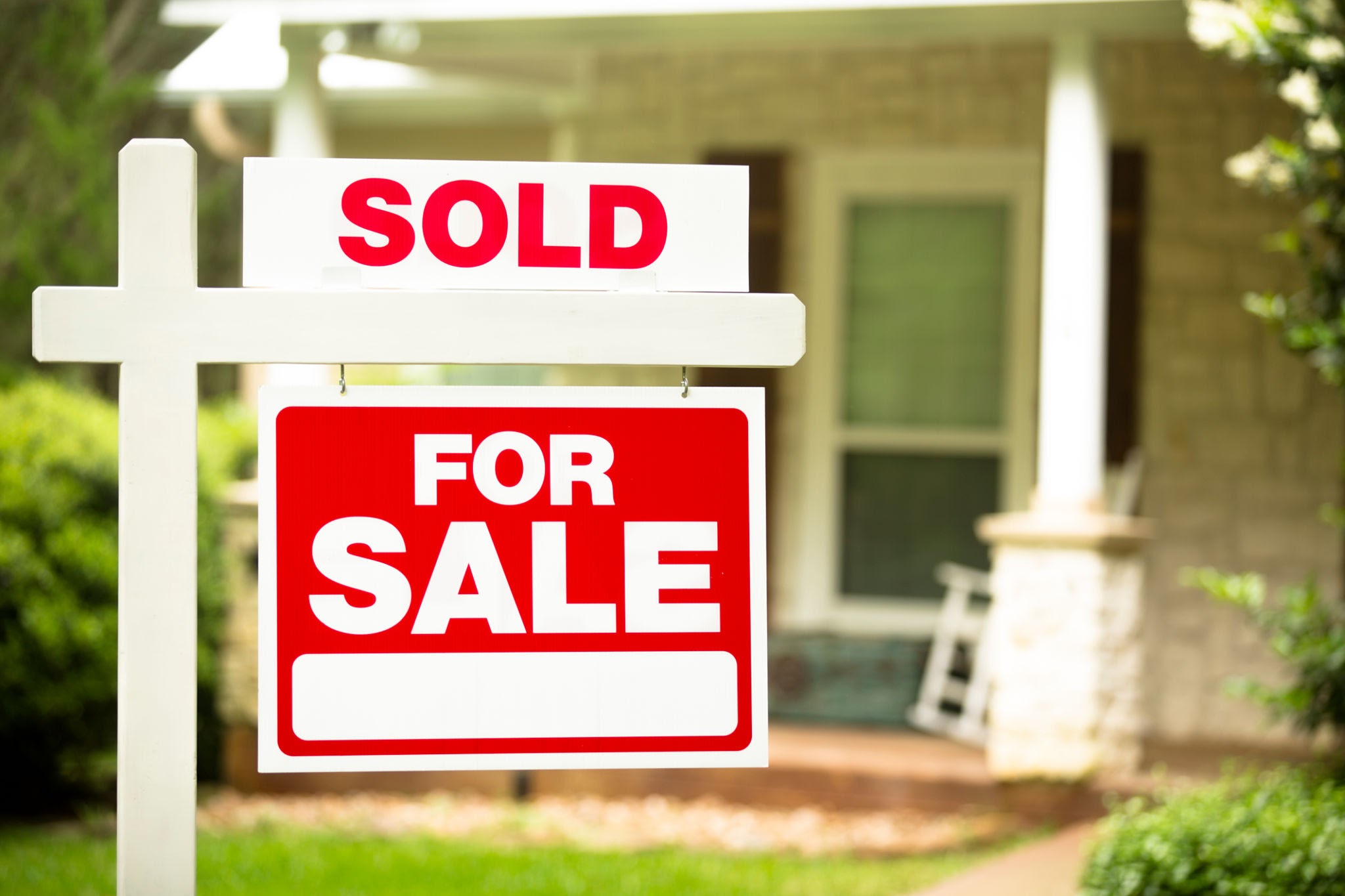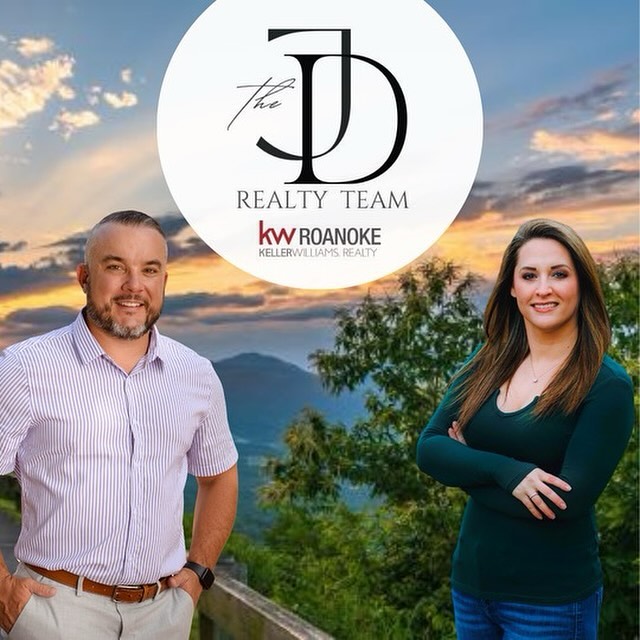
How to Flip a House: A Beginner’s Guide to Fix-and-Flip Success
Thinking about flipping a house? It's an exciting way to get into real estate, and you've probably seen people on TV turn a run-down house into a beautiful home for a nice profit. The quick answer is that successful house flipping involves finding an undervalued property, carefully managing renovations and costs, and then selling it for more than you put in. It takes careful planning and a good team to make it work.
Here at The J&D Realty Team, we love helping people with all their real estate goals, whether you're buying your first home or starting a new adventure in real estate investing. This guide will walk you through the basics of flipping a house, especially right here in our beautiful Roanoke, Virginia area. Let's get started!
What Does It Really Mean to "Flip" a House?
Flipping a house, often called a "fix-and-flip," is a real estate strategy where you buy a home with the plan to sell it quickly for a profit. The goal is to buy a property that needs some work, fix it up to increase its value, and then sell it for more than your total investment. This includes the original purchase price plus all the costs for repairs and updates.
It sounds simple, but a successful flip requires a good understanding of the local real estate market, a solid budget, and a great plan.
Step 1: Getting Your Finances in Order

Before you even start looking at houses for sale, the very first step is to figure out your budget and how you'll pay for everything. This is more than just the price of the house; it includes money for repairs, closing costs, and other expenses that pop up along the way.
How Much Money Do You Need?
A common rule of thumb in real estate is the 70% Rule. This rule says that an investor should pay no more than 70% of the home's After Repair Value (ARV) minus the costs of the renovation. The ARV is what the house is expected to be worth after all the work is done.
Example: If you think a home in Salem could sell for $300,000 after you fix it up, and you estimate the repairs will cost $50,000, the 70% rule looks like this:
$300,000 (ARV) x 0.70 = $210,000
$210,000 - $50,000 (Repairs) = $160,000
According to this rule, you shouldn't pay more than $160,000 for the property.
How to Pay for a Flip
Not everyone has enough cash sitting in the bank to buy and renovate a house. Luckily, there are a few ways to get the money you need:
Hard Money Loans: These are short-term loans from private lenders or companies. They are often easier to get than traditional bank loans and are based on the value of the property, not just your credit score.
Private Money Lenders: This could be friends, family, or other investors who want to lend you money in exchange for a return on their investment.
Partnerships: You could team up with an experienced flipper who has the cash while you manage the project. You would then split the profits.
Home Equity Line of Credit (HELOC): If you already own a home, you might be able to borrow against the equity you've built up.
Step 2: Finding the Right House to Flip

Finding the perfect house is the most important part of the process. You're looking for a home that is priced low enough to allow for a profit after you've fixed it up. These are often called "distressed" properties.
Where to Look for Potential Flips
The Multiple Listing Service (MLS): As real estate agents, we have access to the MLS, which is the best source for homes for sale. We can set up searches for keywords like "fixer-upper" or "as-is" in areas like Blacksburg, Vinton, or Cave Spring.
Real Estate Auctions: Sometimes you can find good deals on homes that have been foreclosed on.
Driving for Dollars: This is an old-school method that still works! Drive through neighborhoods you like and look for homes that appear vacant or neglected. They might have overgrown lawns or boarded-up windows. We can then help you find the owner's information to see if they are interested in selling.
Networking: Talk to people! Let contractors, attorneys, and other real estate professionals know what you're looking for. Sometimes the best deals are found through word-of-mouth.
What to Look For in a Flip Property
When you're looking at a potential house, you want one with "good bones." This means the basic structure of the house is solid. It's much cheaper and easier to fix cosmetic issues than it is to repair major problems like a bad foundation or a leaky roof.
Look for houses that need updates that give you the most bang for your buck, like new paint, updated flooring, and modern kitchens and bathrooms. A home inspection is a must to uncover any hidden issues.
Step 3: Planning and Doing the Renovation

Once you've bought the house, it's time for the fun part: the renovation! A good plan is key to staying on budget and on schedule.
Create a Detailed Plan and Budget
Before you pick up a hammer, create a detailed list of every repair and update you plan to make. Get quotes from several contractors to get a good idea of what things will cost. Don't forget to add a "cushion" to your budget—about 10-20% extra—for unexpected problems that might come up.
Hire the Right People
Unless you're a professional contractor yourself, you'll need to hire people to help with the work. Make sure any contractor you hire is licensed and insured. Ask for references and look at examples of their past work. Building a good relationship with reliable contractors is one of the keys to being a successful flipper.
Focus on Smart Upgrades
You don't need to make the house the fanciest one on the block. Your goal is to make it appealing to the average buyer in that neighborhood. Great places to focus your renovation budget are:
Kitchens: This is often the most important room for buyers.
Bathrooms: Clean and modern bathrooms add a lot of value.
Curb Appeal: The first impression matters! A freshly painted front door, new house numbers, and some simple landscaping can make a big difference.
Step 4: Selling Your Flipped Home

After all the hard work is done, it's time to sell the house and see your profit. This is where working with a great real estate team really pays off.
Pricing It Right
Setting the right asking price is crucial. If you price it too high, it might sit on the market for a long time, which costs you money in taxes, insurance, and utilities (these are called holding costs). If you price it too low, you'll leave money on the table.
The J&D Realty Team can run a detailed market analysis to see what similar, updated homes in the area have sold for. This helps us set a competitive price that will attract buyers and get you the best return on your investment. From downtown Roanoke to the quiet neighborhoods near the Blue Ridge Parkway, we know the market.
Marketing Your Home
We'll create a professional listing with high-quality photos that show off all the beautiful updates you've made. We'll market your home across various platforms to reach the largest number of potential buyers. Our goal is to get your flipped house sold quickly so you can move on to your next project!
Is House Flipping Right for You?
Flipping houses can be a rewarding experience, both financially and personally. Seeing a home transform because of your vision is a great feeling. However, it's not as easy as it looks on TV. It takes patience, hard work, and a willingness to learn.
If you're thinking about your first fix-and-flip in Southwest Virginia, we're here to help. From finding the right property to selling it for top dollar, The J&D Realty Team has the local knowledge and real estate expertise to guide you every step of the way. Call us anytime at 540-302-5003
Frequently Asked Questions (FAQ)
Q: Can you really flip a house with no money?
A: While it's challenging, it is possible. Methods like partnering with an investor who provides the cash, using hard money loans that cover most of the costs, or wholesaling (selling the contract to another buyer) are ways to get started with little to no money out of your own pocket.
Q: How long does it take to flip a house?
A: On average, a house flip can take anywhere from 4 to 6 months. This includes the time to find and buy the house, the renovation period (usually 2-3 months), and the time it takes to sell it. Your first flip might take a bit longer as you're learning the ropes.
Q: What are the biggest mistakes beginners make?
A: The most common mistakes are underestimating renovation costs, not having enough money set aside for unexpected issues, over-improving the house for the neighborhood, and not knowing the local market well enough to price the home correctly.
Q: Do I need a real estate license to flip houses?
A: No, you don't need a license to flip houses in Virginia. However, working with a licensed real estate agent is a huge advantage. An agent can help you find deals, accurately determine a property's value, and market the home effectively when it's time to sell.
Q: Is Roanoke, VA a good place to flip houses?
A: The Roanoke, Virginia market has shown great potential for flippers. With a steady demand for housing and a variety of neighborhoods, there are opportunities to find undervalued properties. The key is to understand the local market trends, which is something a knowledgeable real estate team can help you with.
